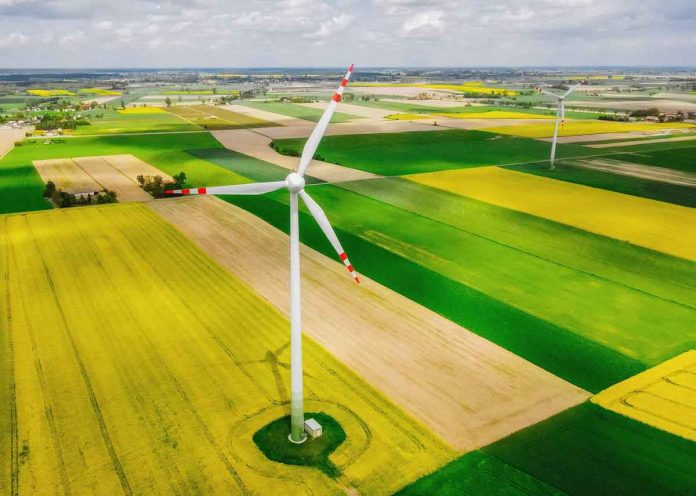Pacific Northwest National Laboratory researchers have discovered that wind energy offers logistical, economic and environmental value to consumers from the coast of Oregon to remote villages in Alaska.
Scientists studied the grid impacts of offshore wind energy in Oregon. A PNNL team paired offshore wind resource potential from the Oregon coastline with other variable renewable energy sources. It included land-based wind and solar. This study helped scientists to understand how offshore wind serve electricity demand within Oregon’s transmission network and across the Pacific Northwest.
In another study, a PNNL team analysed the value of distributed wind. This wind turbines installed near where their energy is consumed like for homes and businesses. The result of the study informed utilities of the economic feasibility for installing wind in similar isolated microgrid systems in other villages. The study revealed economic and environmental benefits for the village’s electricity consumers.
The study has been published in the journal Energies. It describes PNNL’s growing expertise in bringing the value which renewable energy brings for bolstering the grid.
Wind energy off the Oregon Coast
Oregon’s coastline rugged winds are some of the strongest in the nation. It has the potential of producing over 84 megawatts of power. This power is enough to supply a significant portion of that state’s power.
Biden Administration announced a national goal for deploying 30 gigawatts of offshore wind by 2030, in 2021.
Oregon has also instituted new clean energy policies. It has included the governor-issued Executive Order 20-04 to reduce greenhouse gas emissions. This plan is named as HB2021. This needs electricity providers to reduce emissions 100 percent by 2040. Another plan is named as HB3375 and it initiates planning for up to 3 gigawatts of floating offshore wind energy in Oregon’s federal waters by 2030.
Adding to the mix is the anticipated retirement of coal plants in Western Interconnection. This includes Oregon, Washington and California. It will increase vehicle and building electrification. It will impact the seasonality of hydropower. This is a prevalent power source in the Pacific Northwest.
The scientists used a PNNL-developed valuation framework. This is a method for assessing the value of offshore wind. This is made up of a combination of historical wind attributes. It has a compatibility comparison of other variable renewable resources in the region. The electricity production cost models to create simulations for dispatching electricity generation resources across the region.
This allowed the existing electricity transmission corridor to provide additional generation from areas which was equipped with strong renewable energy resources.
Scientists also discovered that offshore wind naturally matches hourly electricity load trends in Oregon. It is better than land-based wind across each of the four seasons independently. It complements land-based wind generated in the Columbia Gorge and south eastern Washington.
Offshore wind also shown to complement Oregon solar resources in the winter months.
A new study was also funded by the National Offshore Wind Research and Development Consortium and the Bureau of Ocean Energy Management. The study has focused on understanding the clean energy. It also focused on the resilience value of offshore wind in southern Oregon and northern California.

